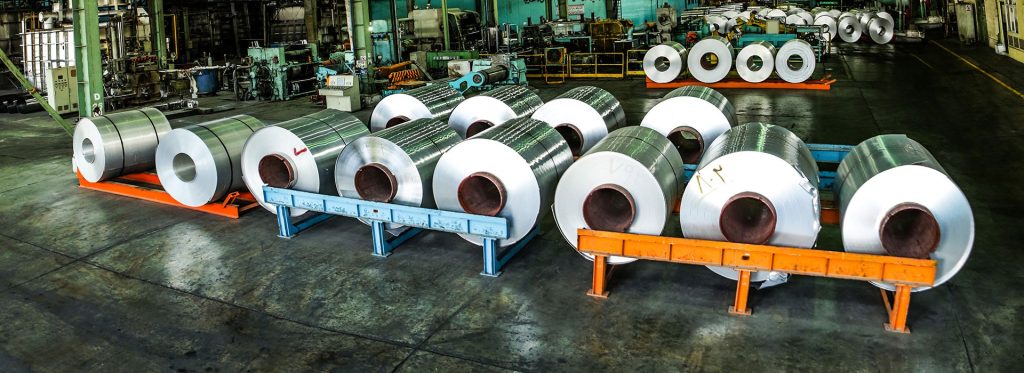Aluminum Recycling Gets Smarter with Artificial Intelligence
In recent years, the use of Artificial Intelligence (AI) in the aluminum recycling industry has brought about a remarkable transformation. This technology has significantly improved recycling processes by enhancing accuracy, speed, and efficiency—leading to the production of high-purity aluminum.
AI in Aluminum Recycling
-
GAINnext System by TOMRA
TOMRA Recycling has introduced GAINnext, a deep learning-based system that uses RGB cameras and advanced algorithms to precisely detect and separate various aluminum alloys. This system performs up to 2,000 separations per minute, distinguishing low-alloy aluminum from high-purity materials—resulting in higher value and purity in the final products. -
Complementary Technologies like AUTOSORT PULSE
TOMRA uses AUTOSORT PULSE, which leverages Laser-Induced Breakdown Spectroscopy (LIBS) to accurately identify the chemical composition of aluminum. These technologies combined enable recycled aluminum with purity levels as high as 99.9%. -
AI-Powered Robots in Recycling Centers
Companies like Recycleye and Everest Labs have developed AI robots that use machine vision to separate aluminum from waste streams. At the LRS recycling center in Chicago, AI robots have recovered over a million aluminum cans from the “last chance” line—boosting revenue and reducing waste.
Benefits of AI in Aluminum Recycling
-
Increased Precision and Purity
-
Cost Reduction
-
Environmental Sustainability
-
Higher Profitability
TOMRA’s Breakthrough
TOMRA recently unveiled an innovative deep learning system designed to produce clean melting feedstock from mixed aluminum scrap. The new GAINnext system accurately classifies different aluminum types, solving longstanding industry challenges and setting a new purity benchmark for metals recycling.
Conclusion
Integrating AI into aluminum recycling not only boosts efficiency and accuracy but also contributes to a more sustainable and economically viable recycling loop. With ongoing advancements, AI is poised to play an increasingly critical role in the future of aluminum recycling.

